Misinformation damages trust in learning. Some learners fear their online courses hold hidden agendas or incorrect facts. Others spread rumours that online programs are less serious or easy to cheat through. These claims can hurt student engagement and lower the reputation of reputable programs.
A study found that 30% of students surveyed had doubts about online classes due to false statements they heard. This is a big problem. It affects enrolment numbers, funding, and overall respect for virtual learning. Education experts worry that conspiracies and bias disrupt students’ ability to gain real knowledge.
Why Misinformation Threatens Education
Students need reliable information to thrive. Wrong details can derail their understanding of the world. Teachers spend hours crafting lessons that align with proven research. Misinformation in the chat or on forums can undo that work quickly. One educator said, “A handful of rumours made half my class question the value of our science module.” This shows how fast misleading posts can spread.
Parents often read online reviews or comments before enrolling their children in courses. If these posts contain lies, they might shy away. Misinformation can also scare students who already struggle with confidence. They may suspect their lessons aren’t valid. That loss of trust can hinder overall performance.
Creating Evidence-Based Classrooms
Students of all ages need lessons grounded in real research. Teachers should cite credible studies and show data when possible. Visible references encourage learners to check original sources. This habit builds a culture that values facts.
Sharing Verified Content
Instructors can post links to peer-reviewed journals or official statements. This helps learners confirm where the material comes from. Clear sourcing is crucial for building a strong learning environment. Some schools host resource pages that gather recommended readings in one place. This reduces confusion.
Correcting Mistakes Quickly
All educators might slip up. The key is to fix it fast. A short announcement can clear up wrong details in real time. Students respect honesty. They want to see how teachers handle errors. That honesty spreads throughout the class, making learners more careful with their own work.
Handling Negative Comments and Online Conspiracies
False information can surface on class discussion boards or social media posts. Some users might post radical ideas that conflict with the course material. Others may type rude remarks that undermine peer morale. Many educators turn to moderation tools to remove negative content. But removing posts alone doesn’t solve the deeper issue.
Setting Clear Guidelines
Every course should set standards. Explain what behaviour is allowed. Outline the consequences for hateful or disruptive comments. Some instructors use a simple policy: first offense gets a private warning, second offense triggers a public reminder, and third offense leads to removal from the forum.
Engaging with Doubters
Some students come with fixed beliefs. They might accuse the course of pushing an agenda. Instructors can encourage open Q&A sessions. A teacher might say, “Let’s unpack that claim step by step. Show me your source, and I’ll show you mine.” This approach keeps the conversation grounded in evidence rather than personal attacks.
Building Inclusivity in Online Learning Environments
An inclusive environment accepts learners from every background. It also allows them to raise concerns without fear of ridicule. Misinformation often targets vulnerable groups. Students from these groups might feel singled out or judged.
A poll revealed that 25% of high school students felt unsafe to express their views in online classes. That fear can limit their participation. Instructors who welcome questions and avoid harsh criticism see better engagement. Students who feel heard will open up more and share real experiences.
Supporting All Voices
Use smaller breakout rooms or moderated chat sessions. This gives quieter students a safe space to talk. Some may prefer sending messages to the teacher in private. Others might join group projects to show learning in a team format. Multiple options ensure every learner finds a suitable avenue to grow.
Training Educators on Bias Awareness
Teachers should examine their own biases. They can seek workshops that explain microaggressions or subtle language issues. One teacher noted, “I didn’t realize certain jokes about home life would alienate half my class. I changed my approach and saw better participation.” That shift can melt barriers and improve the shared experience.
Practical Steps to Improve Credibility
Educators need strategies that foster clarity and cooperation. These steps can help them counter misinformation and create a space that puts evidence first.
- State Your Sources
Encourage students to ask, “Where did you find that fact?” Post direct links to research articles or official statements. This saves time when debates arise. - Set Up Fact-Checking Activities
Assign group tasks to verify claims. Let students gather data from various sources. Then have them present their findings. This helps them learn to spot hoaxes or misleading posts. - Promote Peer Review
Encourage students to review each other’s work before submission. They can find inconsistencies or questionable references early. This builds a team mindset focused on honesty. - Offer Anonymous Feedback Channels
Some learners hesitate to call out misinformation publicly. Provide a private form or email. This allows them to report concerns without shame. - Address Conspiracies Straight On
If wild claims appear, tackle them. Show real-world stats that counter them. Let students see the difference between unsubstantiated rumours and verified facts. - Boost Teacher-Student Communication
Host regular check-ins. Ask if students find any topics confusing or suspicious. That openness can prevent small worries from growing out of control.
Conclusion
Dealing with Misinformation and Negative Comments about Online Education is essential for building a healthy digital learning environment. When false claims and harmful remarks spread, they weaken trust and distract students from meaningful progress. Educators and institutions must respond quickly by correcting inaccurate statements, removing content that disrupts learning, and reinforcing lessons with reliable information. When teachers model honesty, clarity, and respect, students recognize the value of evidence over assumptions. This creates a culture built on curiosity, responsibility, and confidence. By promoting open discussion and strong critical thinking skills, online education becomes more resilient and supportive for every learner.





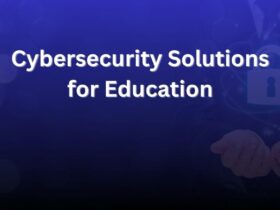
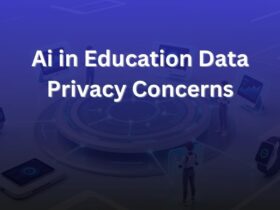
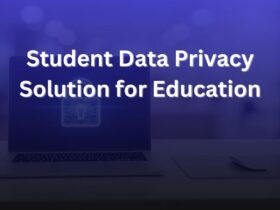





















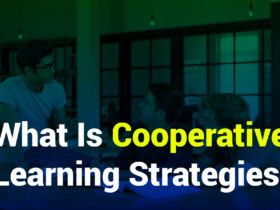








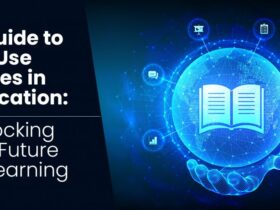





Leave a Reply